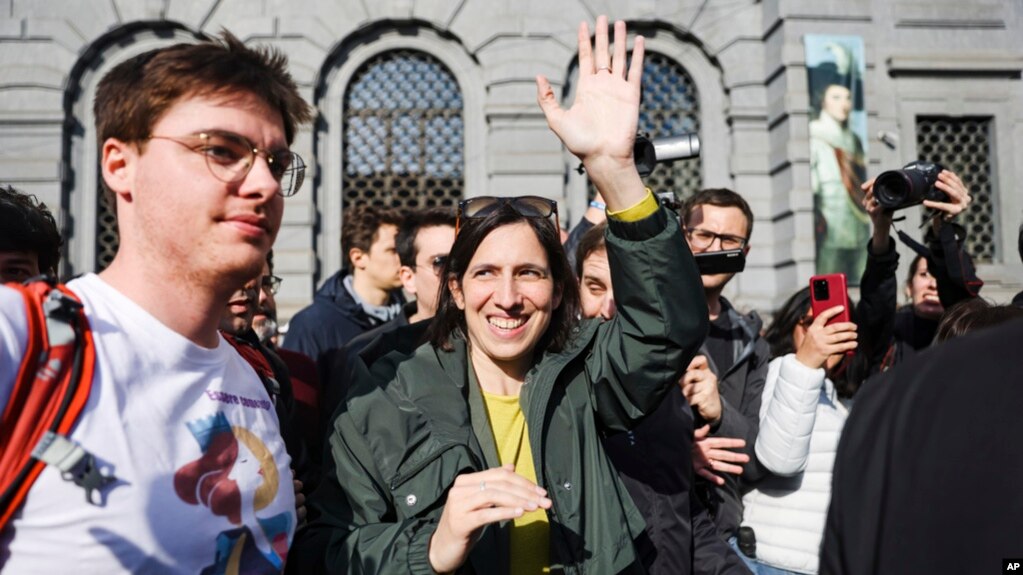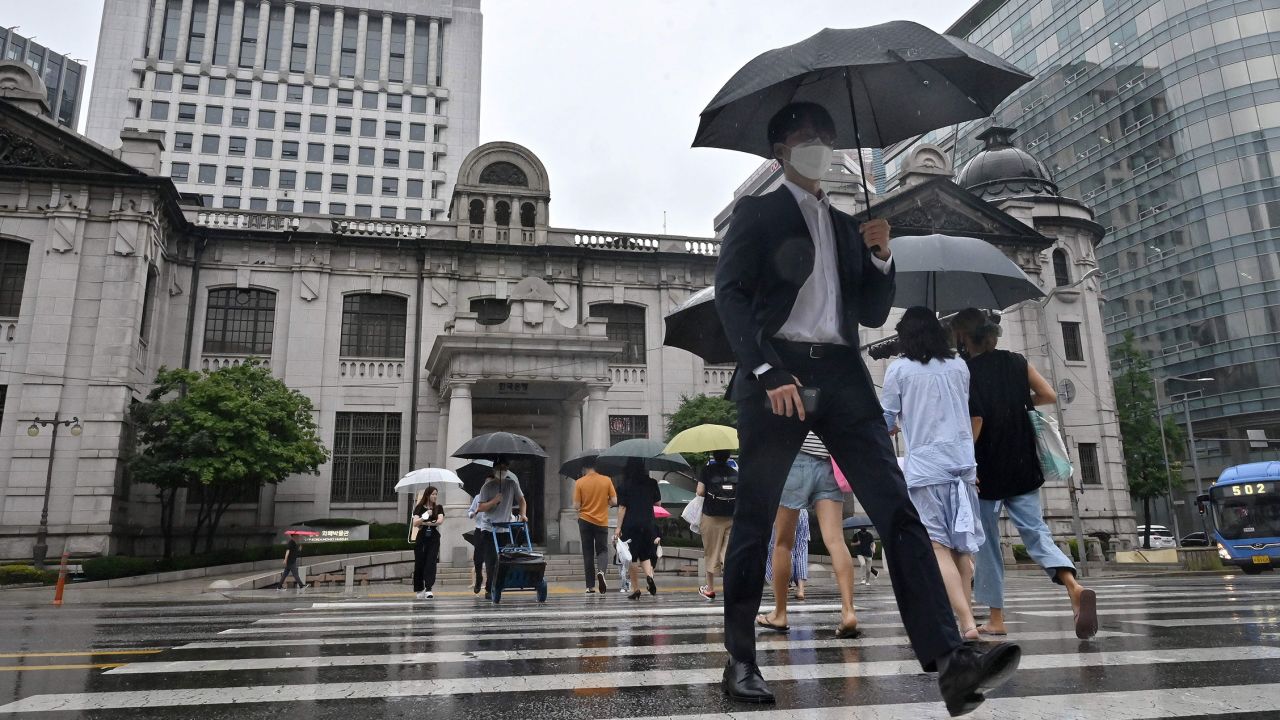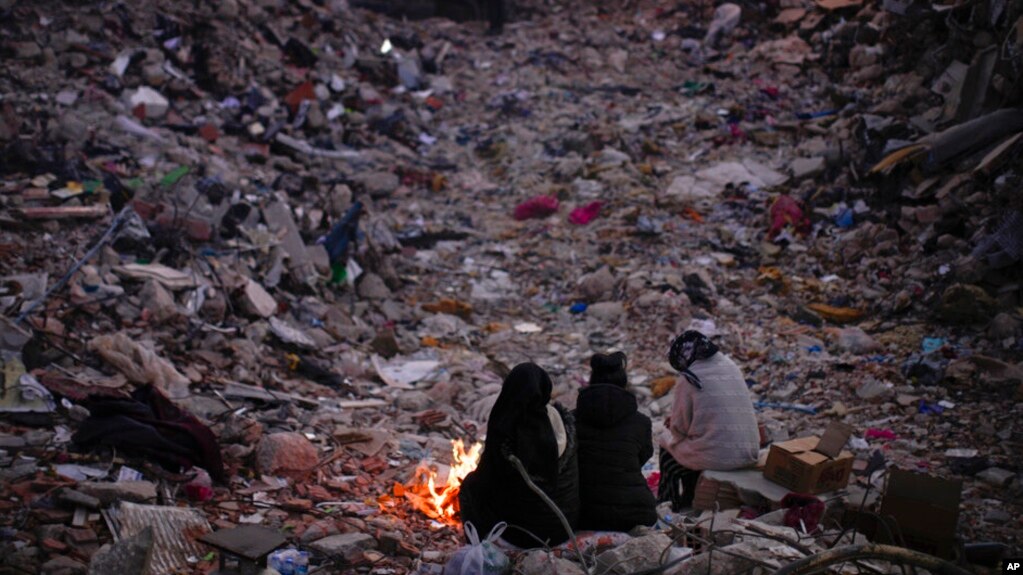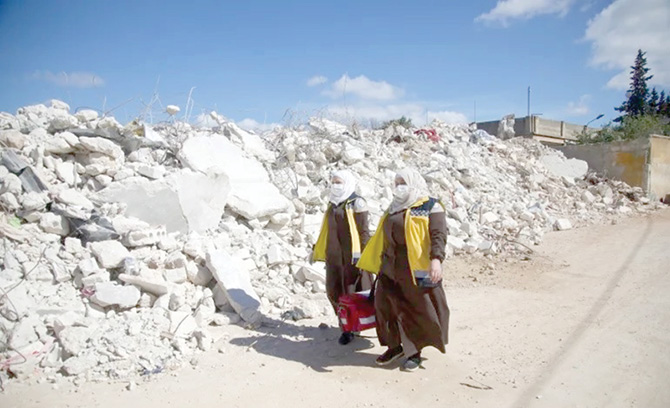
How Current Great-Power Competition Helps Taliban In Afghanistan – Analysis
By Observer Research Foundation
By Kabir Taneja
The Taliban’s rule in Afghanistan is a new geopolitical reality that the world is still grappling with. Over the past year, the Taliban has continued its quest for diplomatic recognition with varying degrees of success. While most countries have shied away from affording the group any status of political normalcy, others such as Iran, Russia, and China, pushed by new challenges to the global order, have engaged with the group with more fervour and pragmaticism as the Ukraine Crisis split traditional diplomatic arrangements down the middle.
The Ukraine Crisis has come at a time when the world was only wrapping its head around the events that took place in Afghanistan. Unlike the 1990s, this takeover by the Taliban was broadcast live globally on cable news and social media alike. Images of an unchallenged Taliban taking over the government in Kabul while the US conducted a botched and hurried exit remain pertinent. The Taliban’s new rule arrived as a reality, and the international community was now tasked with responding to an Islamist insurgency in control of a country amidst a tired post-9/11 US-led counter-terrorism narrative.
However, the conflict in Europe arguably came as a boon for the Taliban which was staring down on becoming a global pariah once again. Russia’s actions against Kiev caused tectonic shifts, setting off Cold War-era-like boundaries across the international arena. A conflict in Europe was not something the West was expecting, and in an era where the largest worry was an incoming great power competition between the US and China, Washington’s renewal of old rivalries with Moscow added to these complications significantly.
Nonetheless, for the Taliban, this fracture bodes well as it can mobilise to cement itself more firmly as a legitimate political entity. The Taliban has over the past year and a half gained control of a few of Afghanistan’s embassies in Central Asia, Iran, Qatar, Pakistan, Malaysia, Russia, and China. More recently, it has now even appointed a new “caretaker” Consul General in Dubai, highlighting a slow change in approach by the likes of the United Arab Emirates as well. In hindsight, having a diplomatic outreach with most of its neighbours today in less than two years since coming back to power is not a bad track record. Overall, proscribed militant groups are having a heyday in utilising these geopolitical fractures. From the Taliban continuing with its diplomatic push to Hamas visiting Moscow, engaging with Foreign Minister Sergey Lavrov, and claiming it as a reflection of its weight amongst global powers, realpolitik vacuums offer room to manoeuvre for everyone.
A forgotten Afghanistan in the West was seen as an open opportunity by others. West’s consolidation against Russia has given China more space to work with. Beijing’s long-standing relations with Iran and Moscow’s increasing reliance on the Chinese economy give the three most active countries in Kabul precedence to broadly collaborate despite having fundamental differences with the Taliban regime. However, these differences are largely seen as irritants in the broader framework of a fast-developing ‘West vs East’ narrative. While Iran continues to have very close contact with the Taliban regime, aided by regular visits by officials from both states, Russia has also strengthened its presence.
Meanwhile, China is marketing itself as Afghanistan’s main economic partner for the future. In all these manoeuvres, for Russia, China and Iran, the central idea is to keep the US and Europe out of the region, including from Central Asia, for a long time. And it is imperative to remember here that both Tehran and Moscow were previously the main patrons of the anti-Taliban Northern Alliance along with the India and Tajikistan, the DNA of which formulated the post-2001 Afghan governments of presidents Hamid Karzai and Ashraf Ghani.
However, the above is also a litmus test for the Taliban’s acumen to play the game of international diplomacy. While the movement may not have deep experience in the play of realpolitik, they are not complete novice in this field. The Taliban’s negotiators have been operating their political office in Doha, Qatar, since 2013 and all said and done, did successfully negotiate a favourable deal for themselves with the US in 2021.
Even prior to that, in the 1990s, under the reign of their founder, Mullah Omar, the Taliban sought to build on a hijacking crisis as a mediator, and in doing so, tried to come out with a level of independent diplomatic and political heft. The hijacking crisis of Indian Airlines flight IC 814 in 1999 ended in Kandahar after eight days with the safe release of almost all passengers (1 was killed) and New Delhi in exchange for freeing prisoners related to militancy in Kashmir. “It was great and positive work that the Taliban did… [also] the Taliban has an independent viewpoint, regardless of what Pakistan says,” said Syed Akbar Agha, former chief of the Jaish-ul-Muslimeen and known to be close to the Taliban during that period.
Much has changed with the Taliban interim government of today which, at least in perception, is operating like a quasi-state structure. However, the interim government itself continues to be riddled with stark internal differences. While the official political arrangement in Kabul seems keen to cooperate with international actors on certain deliverables, such as women’s education, technically a low-hanging fruit for both sides, the ideological core of the group run from Kandahar by its Supreme Leader Hibatullah Akhundzada remains unmoved over demands for providing religious concessions in exchange for international legitimacy.
Important new research published by scholars Mohammad Eshan Zia and Sana Tariq that looks into the Taliban’s diplomacy efforts highlights the fact that the movement’s experience of a failed intra-Afghan dialogue, specifically within the ultraconservative base, has hampered a level of faith within the group’s top leadership that dialogue indeed works (and takes time). This may look simplistic; however, it needs to be remembered that the Taliban is an ideological movement first, and a “state” by international governance understanding only second. The former is the anchor for its existence, and the latter, a tool only for practical purposes.
The Taliban have not changed but the West has in its view of Afghanistan. With rapid movements of global geopolitical flashpoints, the Taliban are in fact in a strong position to solidify themselves politically by weaponising an overall disinterest in Afghanistan in the West coupled with a general lack of a common view on the issue by regional and neighbouring states. For the Taliban, their biggest hindrance remains their own long-standing internal ethnic and political divisions.
Taliban fighters in Afghanistan. Photo Credit: Mehr News Agency

Observer Research Foundation
ORF was established on 5 September 1990 as a private, not for profit, ’think tank’ to influence public policy formulation. The Foundation brought together, for the first time, leading Indian economists and policymakers to present An Agenda for Economic Reforms in India. The idea was to help develop a consensus in favour of economic reforms.










